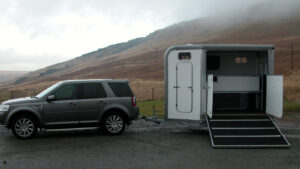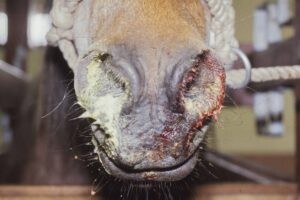
How to Overcome Obstacles out Hacking
Do you know what to do if you encounter an obstruction on a bridleway when out riding?
Spring has almost sprung and many of us will be taking advantage of the sunshine by going on a leisurely hack with our horses. However, British weather is often unpredictable and, following the storms and high winds we saw at the start of 2024, the BHS Access and Rights of Way team have seen an increase in reports of routes that have been blocked by debris and fallen trees.
Even though we hope to see better weather in the coming months, it is still vital to report these issues and blockages to help protect and improve access for all off-road users.
We can’t go over it, we can’t go around it…We’ve got to report it!
What counts as obstruction? Access issues aren’t just limited to fallen trees. Broken gates, defects in surfaces, fly-tipping or anything else that makes the route difficult or dangerous to use should be reported to the landowner or your local Highway Authority. This is typically the County Council for your area. You can check online by visiting gov.uk/find-local-council. Your local Parish Council may be able to assist – contact them with details.
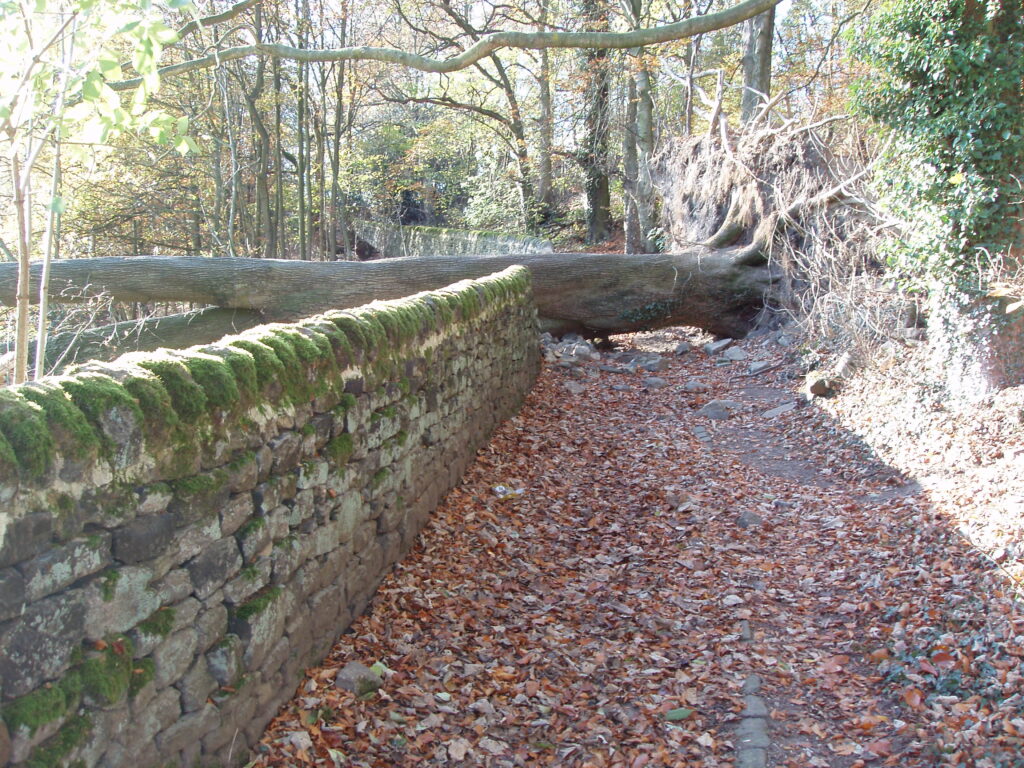
How to report a problem
1 Identify the location
It’s important to be as specific as possible about where the issue is, particularly for off-road routes.
• Check out What3Words.com or download the app – What3Words has given every 3m square in the world a unique 3-word address. The easy way to find and share a location is with just three words.
• Find the grid reference – Ordnance Survey maps are available as paper maps or online on osmaps.ordnancesurvey.co.uk.
• Use Google Maps or Bing Maps to find the postcode and provide directions to the site of the problem.
• Check the off-road route you ride is recorded as a Public Bridleway, a Restricted Byway or a Byway Open to All Traffic (BOAT) on the definitive map. You can find the route on the Definitive Map by searching for your Highway Authority name and Definitive Map (e.g. Hampshire County Council Definitive Map). Each right of way will have a reference number – this enables the Rights of Way Team at the council to identify the correct route.
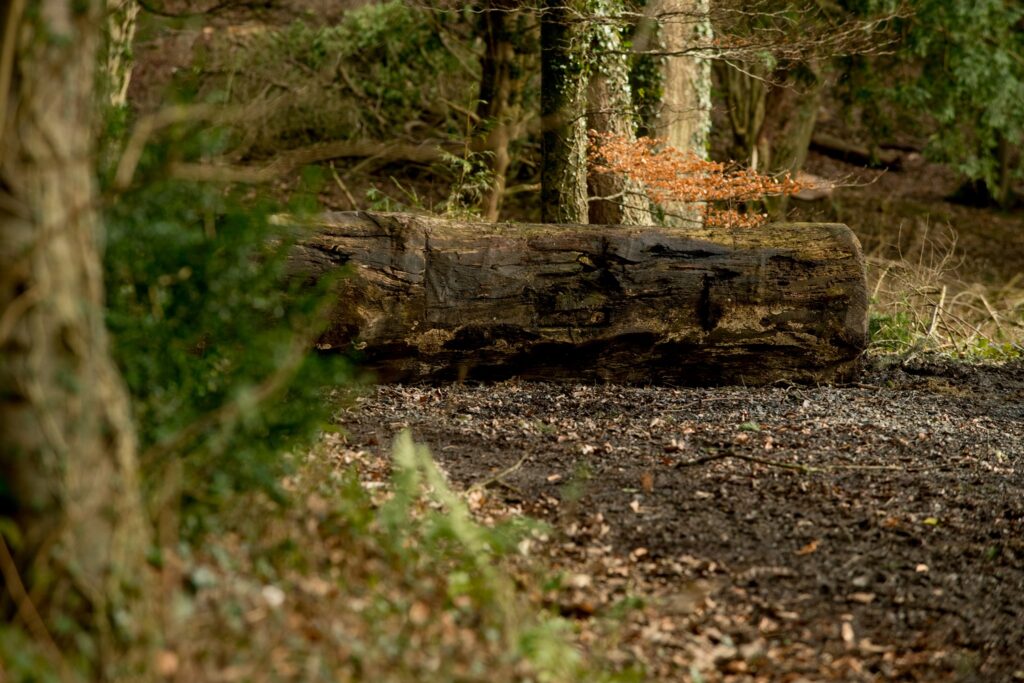
2 Take a photo
Where possible and safe to do so, take a photo of the problem. It’s a good idea to use an everyday item to give the issue a visual scale.
3 Report the issue
Your local authority should have an online portal for reporting problems.
When submitting the report, provide as much detail as possible, including any photos taken, the route reference number and the location details. If your issue has already been reported, make sure to report the issue again. This shows the authority that there is demand for the route being used and helps them to prioritise their resources.
There is also a useful website – fixmystreet.com – where you can report issues online. The report is generated on Fix My Street and sent to the correct local authority on your behalf.
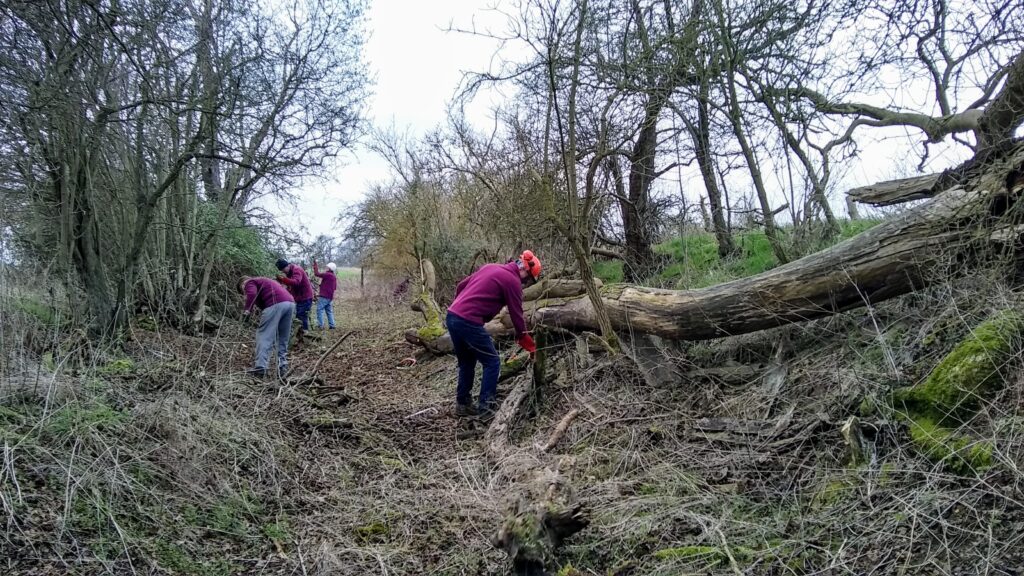
4 Await a response
You should allow a reasonable time scale to receive an update on your report. Four weeks is the average wait time, but if you believe there is an immediate risk of injury, or an injury has occurred as a result of the problem, telephone the authority to raise the priority. Some issues will have higher priority if there are safety implications or on a busy route.
If you haven’t received a satisfactory response within a reasonable time, follow up on your report.
Raise while you ride
Thanks to the BHS’s Ride Out Fund, we have been able to help create new routes for equestrians and to build, repair and restore local riding and carriage driving routes in their area. If you want to be a part of our fundraising efforts and contribute towards providing safer access for all off-road users, get involved with our Ride Out UK campaign, running from May through to October.
The BHS, Affiliated Equestrian Access groups, BHS Approved Centres and British Riding Clubs will be hosting a whole range of events including guided rides and pleasure rides on tranquil National Trust properties and large estates. Getting involved couldn’t be easier. Head on over to bhs.org.uk/rideoutuk to join one of our organised rides, or to sign up for Rideathon – our individual challenge focused on quality time spent with your horse.
If this article is of interest you might like to take a look at our guides to the best heavyweight turnouts, best riding hats for all disciplines, best body protectors for children or best stable rugs. If those don’t want to make you have a look, then why not take a look at more of our handy How-Tos or keep up to date with world-class equestrian news.

